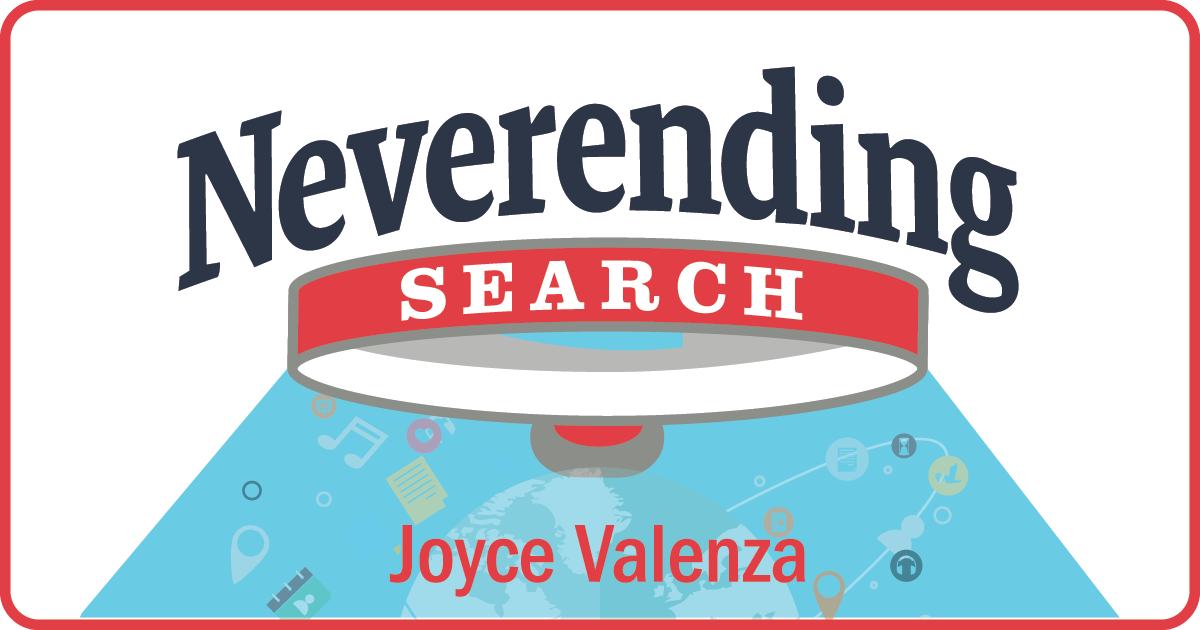SCROLL DOWN TO READ THE POST
Celebrating reading under the radar

Something’s happening here. What it is ain’t exactly clear. (Stephen Stills For What it’s Worth)
I have no idea how to measure it. But in my many years of being a youth librarian, I don’t think I’ve ever seen it before.
I know that somewhere beyond the space where we introduce and teach Lord of the Flies, Hamlet, and Catcher in the Rye, are other spaces where kids read and discuss books.
And those who read there read a lot. And those readers now connect with authors, and with each other, in ways they take for granted as the norm.
They know far more about authors they love than the sketchy stuff we see on book covers or official profiles. In fact, they know some of their favorite authors in rather intimate ways. They tell me of new titles way before I discover them. They advise authors on cover art and teen culture. They are conscious of book publishing buzz. They were so ready for John Green’s The Fault in our Stars and Suzanne Collins’ Mockingjay, perhaps a year before their official publications.
ADVERTISEMENT
ADVERTISEMENT
They read book review blogs.
They are devoted Twitter followers of @realjohngreen (along with 1,179,265 others) and @maureenjohnson and @neilhimself and so many other tweeting YA authors. They are fans of authors and of cover art. For these kids, their favorite authors are rock stars.
Author James Kennedy described new reader engagement and fandom in a recent phone interview:
Readers are different. Fandom has changed the way readers engage with fiction. The new reader is vocal and social. Not simply content to merely love a book, the reader wants to actively celebrate what they read. So, if they find a title they love, they’ll not only recommend it to a friend, they’ll also discuss it online via a social networking site. They’ll likely also create fan art or write fan fiction. They’ll dress up as a beloved character (cosplay). Stories can grow beyond the page and transform because of new reciprocal relationships between authors and reader. Fans can approach the role of collaborator–to co-create in the author’s fictional world. Though reading continues as a personal and idiosyncratic experience, social networking promotes fan communities.
With the authors they love, they engage in social action. My students are Nerdfighters (fighting to increase awesome and decrease suck) and members of Dumbledore’s Army through Andrew Slack’s Harry Potter Alliance, where they participate as an army of fans, activists, nerdfighters, teenagers, wizards and muggles dedicated to fighting for social justice with the greatest weapon we have– love. (Side note: when I told the kids that Andrew and his brother Jon grew up in my neighborhood and went to school with my kids they went a little nuts.)
They participated in the Speak Loudly campaign when Laurie Halse Anderson’s Speak was targeted for banning.
They took offense to and reacted to Meghan Cox Gurdon’s WSJ article Darkness Too Visible. They were inspired by Laurie Halse Anderson’s response to the piece and eagerly followed and took part in the author/readers discussion through the #YAsaves hashtag.
Literature inspires these kids to write and create and share. They contribute to FanFiction and deviantART and NaNoWriMo’s Young Writers Program.
Their reading experiences live beyond the printed page, the shelves, and their e-readers. They communicate with other readers and get suggestions for more reads via GoodReads or Library Thing and through Facebook. They engage in cosplay. They follow book bloggers. They understand that books can be multi-platform. They appreciate it that authors recommend audio/video content and playlists. They visit enhanced content via QR codes. Many of my kids have tablets and e-book readers, but many continue to crave print as well, thinking of a print volume as a kind of talisman, an important collectible.
Okay, not all my kids are part of this culture. Many of my kids are not readers.
But . . .
Wendy Stephens and I have been observing this new kind of reading culture and I’ll bet you have too.
We interviewed a bunch of our kids for our article in the March issue of Educational Leadership, Reading Remixed. Please read Lauren’s story. I see her as the poster child for this movement.
(Note: Please don’t miss the many wonderful articles in this reading-themed issue, among them Debbie Abilock’s True—or Not?, on assessing the credibility of web-based content.)
I asked a couple of my students to draw what the new author/reader relationship looked like. They didn’t make it into the article, so I thought I’d share them here.
Jessie’s illustration
Erin’s illustration
Filed under: reading
About Joyce Valenza
Joyce is an Assistant Professor of Teaching at Rutgers University School of Information and Communication, a technology writer, speaker, blogger and learner. Follow her on Twitter: @joycevalenza
ADVERTISEMENT
SLJ Blog Network
Name That LEGO Book Cover! (#65)
Review of the Day: This is Orange by Rachel Poliquin, ill. Julie Morstad
Betty & Veronica: Summer Fun in the Sun | Preview
Heavy Medal Suggestions: 73 Titles and Counting
Like This, Try That: K-Pop Demon Hunters
The Classroom Bookshelf is Moving
ADVERTISEMENT
ADVERTISEMENT











